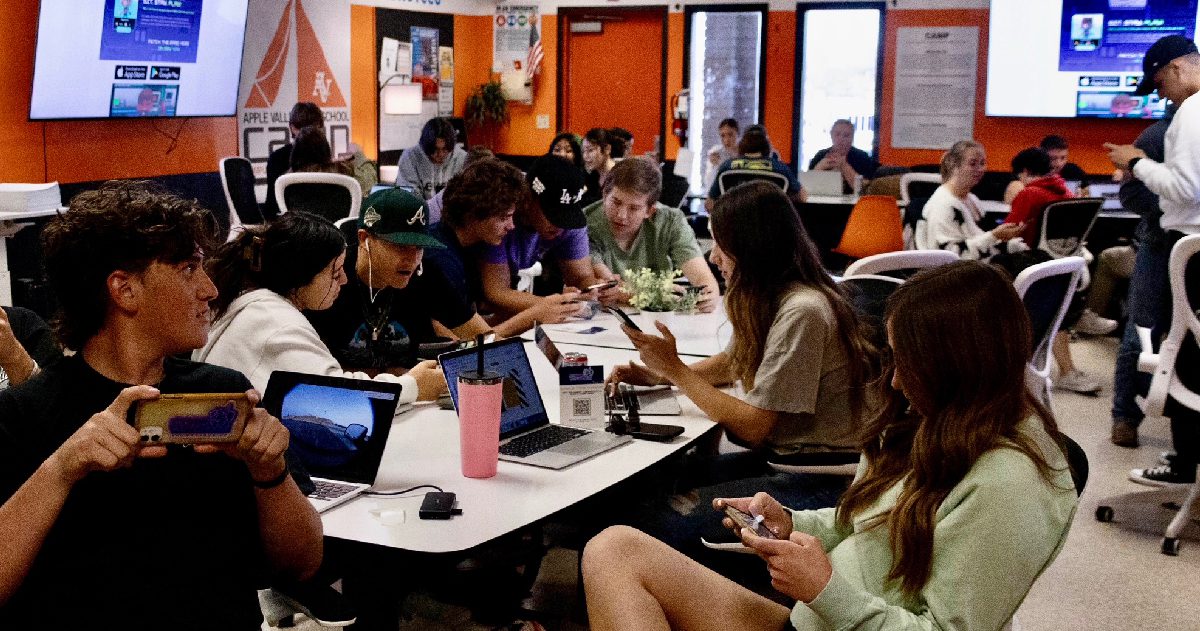By the end of this year, there will be 79.6 million digital gamers in the US, or more than half of our population. Industry growth is accelerating thanks to heavy engagement of younger gamers (ages 13 to 17), 90% of whom classify themselves as gamers, and prefer video games over any other form of digital media, including music, videos and social media.
Game-based learning is expected to be one the fastest-growing gaming markets, driven by the need to improve student education post-COVID. Considered an active learning technique, students are motivated and engaged in game-based learning because it’s unique, and the immediate feedback that learners and educators receive as a result is an important feature that both learners and educators benefit from more quickly than traditional methods.
One of digital games’ most cognitively significant features includes simulations that allow students to get a firsthand experience with material. According to research, it’s better for students to come into direct contact with the reality they’re studying, instead of just reading, talking, and listening about it. We remember up to 90% of what we say and do, provided we are actively involved in real activities related to imitating experiences.
Additional benefits of game-based learning include:
- Motivation: Students are the main characters in the story and their success is rewarded with medals, extra lives, bonuses, etc, holding their interest in learning.
- Opportunities to practice: Students can apply the knowledge they acquire without getting into dangerous situations, ie; flight and navigation simulators
- Quicker response times: Researchers at Rochester University reported that games improve troubleshooting skills by posing time-sensitive problems.
- Teamwork: The Institute for the Future reports that games boost teamwork in problem solving.
- Creativity, focus and visual memory: The University of California has found that games stimulate these aspects by setting goals that require concentration, imagination and remembering details to achieve them.
- Strategy and leadership: According to Pittsburgh University, video games put players in command, honing their abilities to resolve disputes, interact with other players and make decisions.
- Critical thinking: Monterrey Institute of Technology published an article underlining the underlying ethical, philosophical and social basis of these games, and their ability to make players think and improve their critical thinking.
Bain’s analysis forecasts that global revenue for games could grow by more than 50% over the next five years, suggesting that developers are banking on evidence that gaming will take consumers’ time from other forms of media and be the foundational platform for both other media and non-media experiences.
Additionally, advancements in game engines are making it easier to develop higher-fidelity games, becoming a key development platform for other entertainment experiences, and improvements in 3-D graphics that transfer to applications in other industries such as healthcare, advanced manufacturing and construction.
Considering game-based learning is just in its nascent stages based on most recent, post-pandemic circumstances, this means we can expect not just schools to embrace this medium for learning and training, but industry as well.
What’s one of your favorite digital learning games? We’d love to hear from you.
